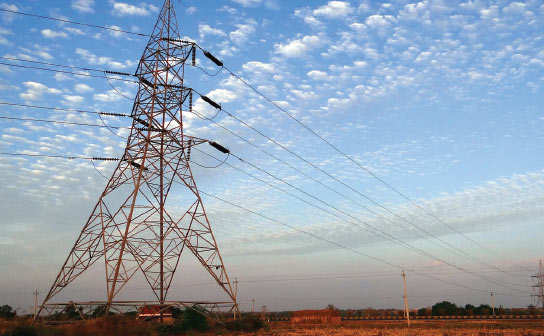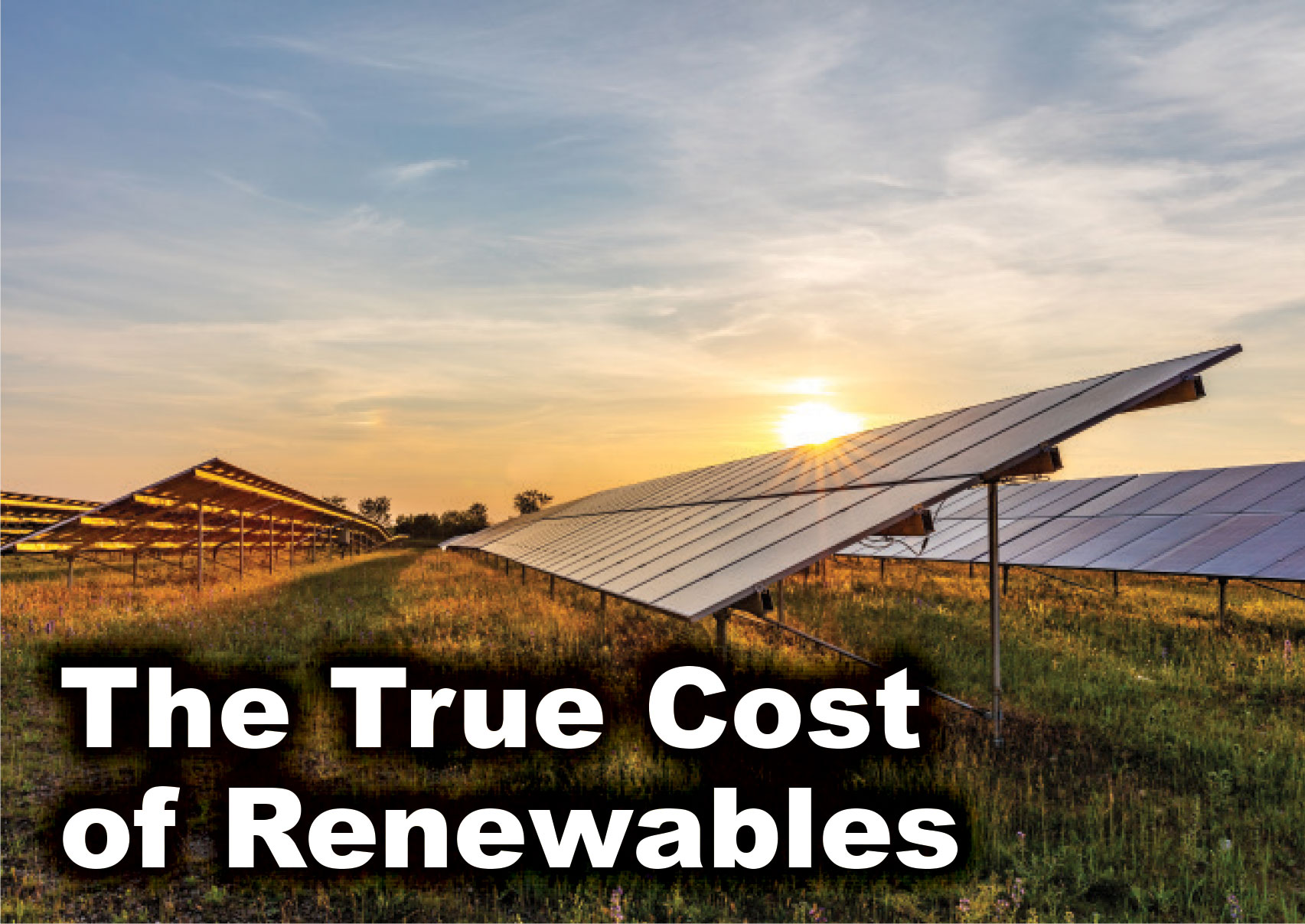New Reliable Power Bill Plans to Make Montana Electricity Safer and More Efficient
Improving the Ability of Utilities to Prepare for and Respond to Increased Energy Demands and the Impacts of Drought, Ice and Snow while reducing the Occurrences of Wildfires Transmission lines can fail due to a variety of reasons, most commonly caused by: weather events like extreme wind; ice accumulation, heavy snow, which can damage the lines or towers; other factors include tree limbs that contact a line and cause an arc which can in turn lead to wildfires; animal interference mostly bird nests; equipment failure; corrosion; and human error; all leading to potential power outages or disruptions in electricity transmission.
A “transmission line failure” refers to a disruption in the high-voltage power lines that carry electricity over long distances from power plants to distribution points, while a “distribution line failure” occurs on the lower voltage lines that deliver electricity directly to homes and businesses from the substation. Although transmission failures are much rarer than distribution failures, when they happen, they can have huge consequences, such as the 2018 Camp Fire that destroyed 18,000 structures, killed 85 people and destroyed Paradise, CA.





